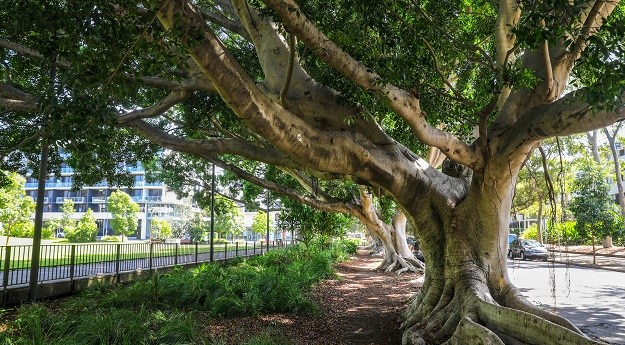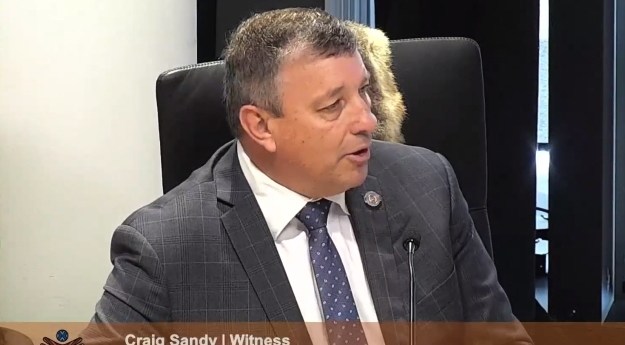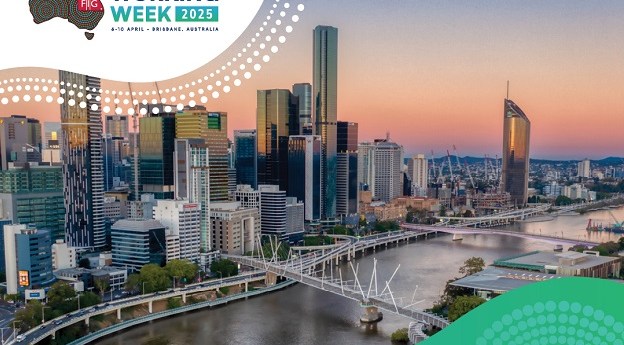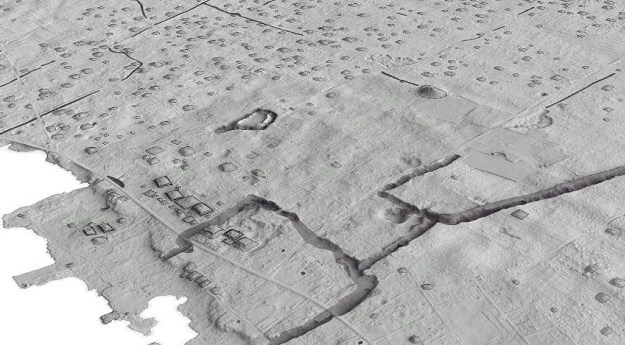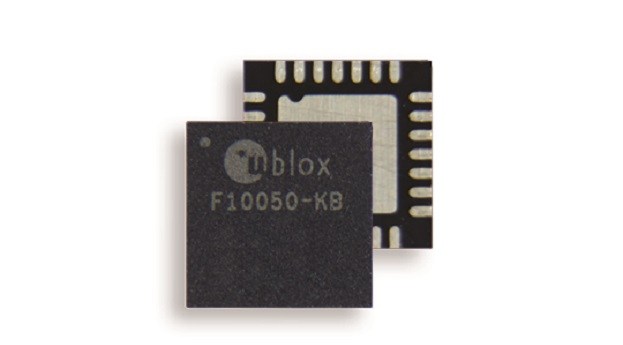
Researchers from Queensland’s Griffith University have demonstrated a method of measuring acceleration, speed and material properties that approaches the ultimate sensitivity allowed by the laws of quantum physics.
Recently published in Nature Communications, the research led by Professor Geoff Pryde saw the research team combining three quantum measurement techniques: entanglement, a type of quantum connection that can exist between photons (single particles of light); passing light beams back and forth along the measurement path, and a specially-designed detection technique.
The method involved using photons to measure the distance traveled by the light beam, compared to its partner reference beam, as it went through the sample being measured — a thin crystal.
“Every time a photon passes through the sample, it makes a kind of mini-measurement. The total measurement is the combination of all of these mini-measurements,” said Griffith’s Dr Sergei Slussarenko, who oversaw the experiment. The more times the photons pass through, the more precise the measurement becomes,” he said.
“Our scheme will serve as a blueprint for tools that can measure physical parameters with precision that is literally impossible to achieve with the common measurement devices.”
According to the researchers, the scheme is theoretically capable of achieving the exact Heisenberg limit of precision, by extracting the maximum amount of measurement information per photon pass.
The Griffith experiment has come closer to achieving this than any other experiment, with remaining error only due to experimental imperfection. Whilst producing entangled photons is a complex process with current technology, this achievement has considerable import for fundamental science research and quantum computing algorithms.
Professor Howard Wiseman, a co-designer of the scheme with Dr. Daryanoosh, said that the scheme can be extended to a larger number of entangled photons, with a more significant difference over usually-achievable precision. He said this method has other advantages, also.
“The really nice thing about this technique is that it works even when you don’t have a good starting guess for the measurement,” he said.
“Previous work has mostly focused a lot on the case where it’s possible to make a very good starting approximation, but that’s not always possible.”
Read the article on Nature Communications.
Stay up to date by getting stories like this delivered to your mailbox.
Sign up to receive our free weekly Spatial Source newsletter.






